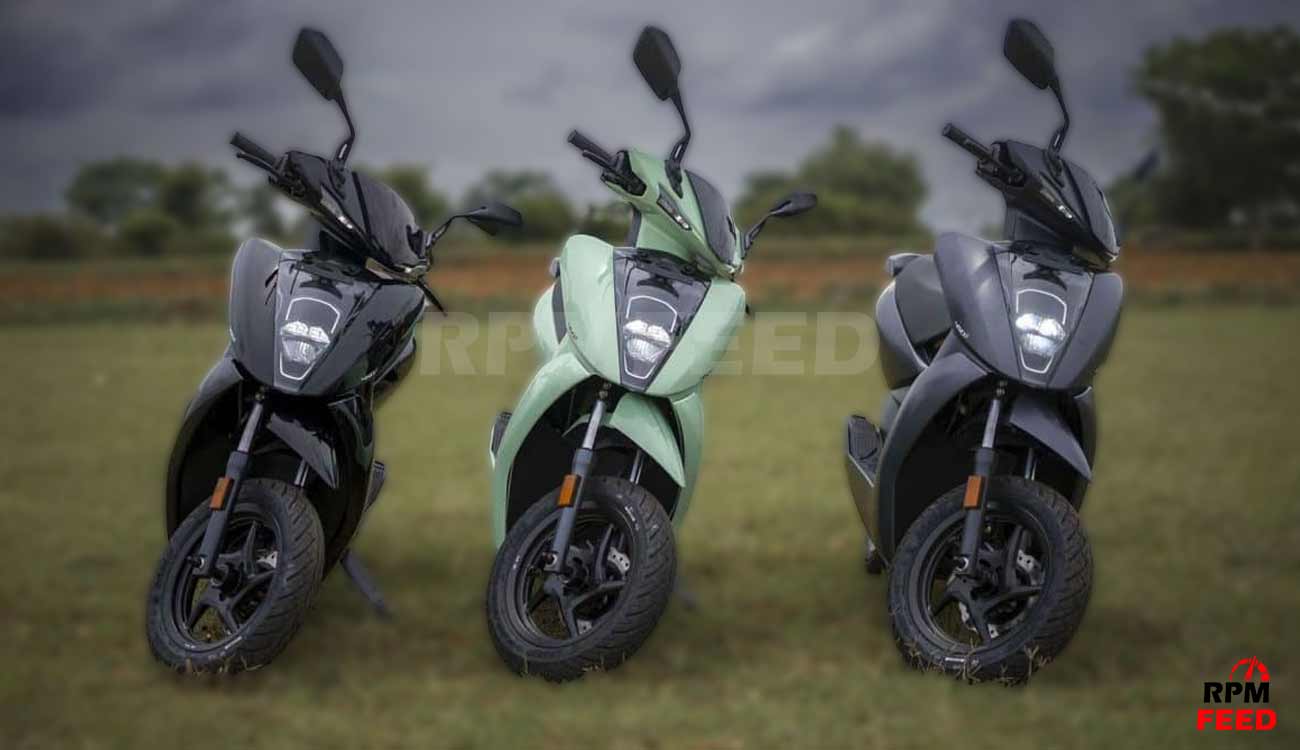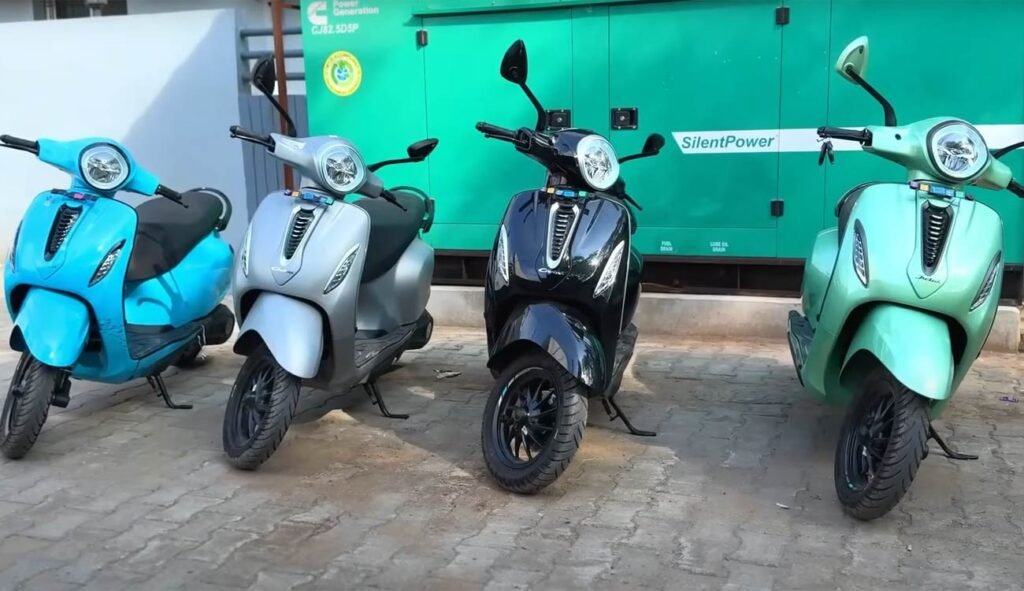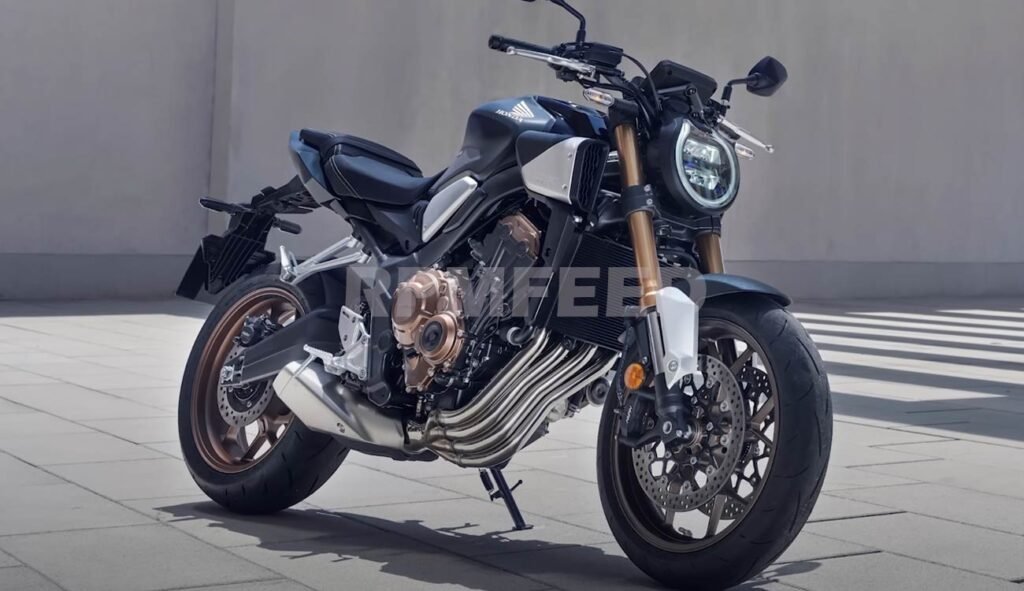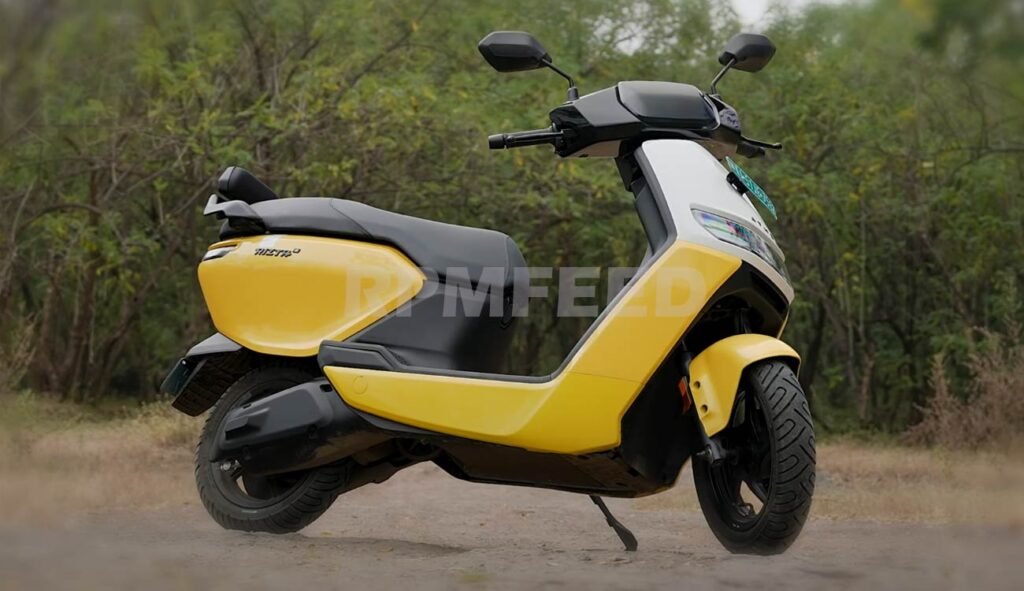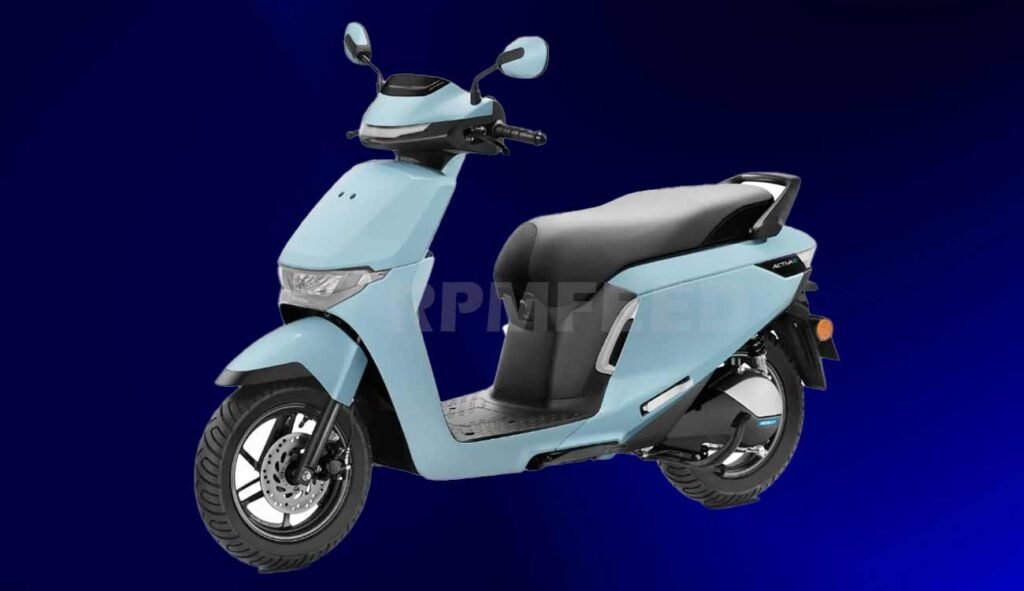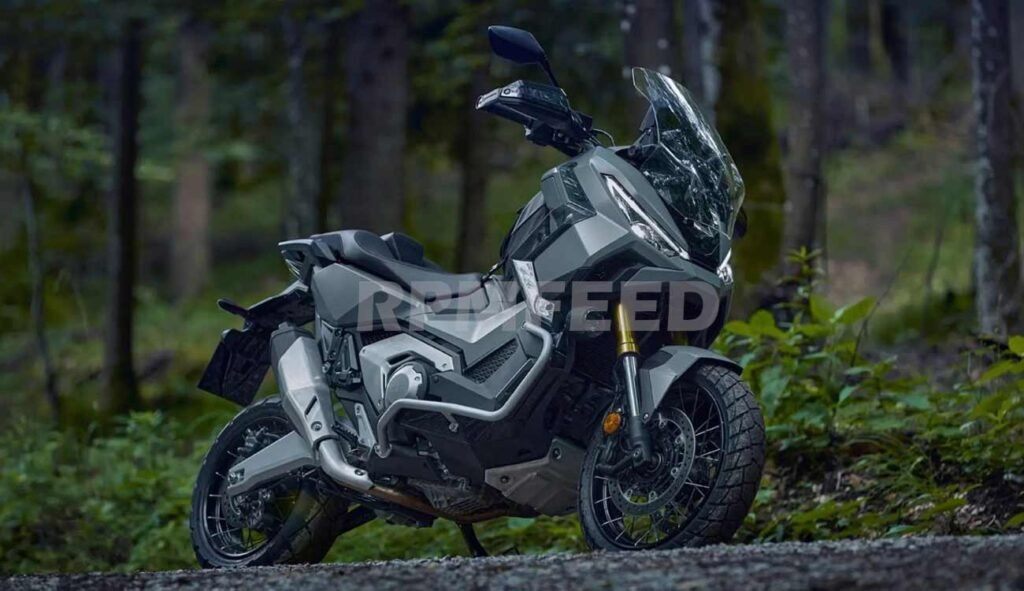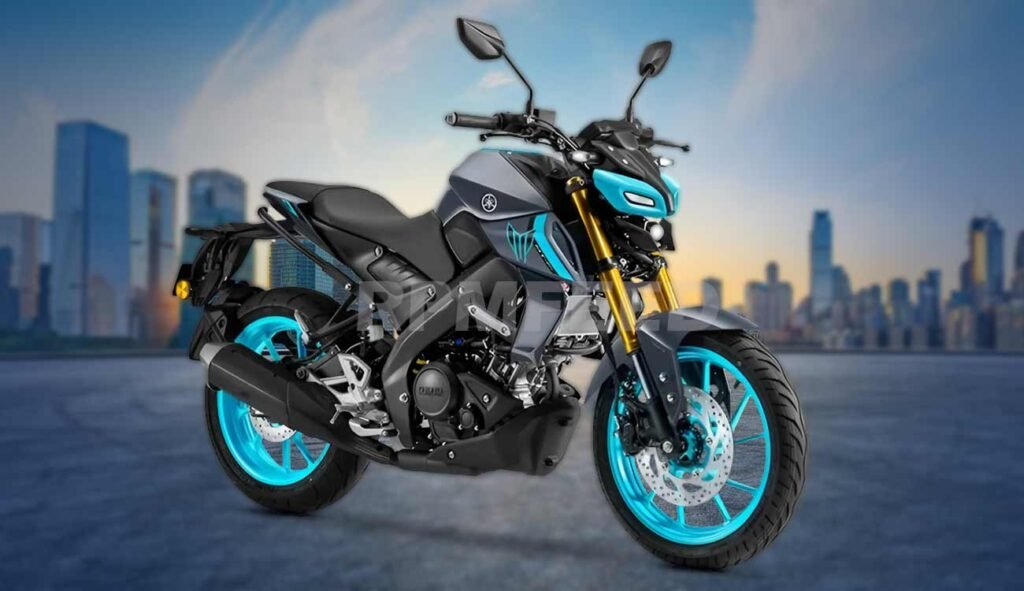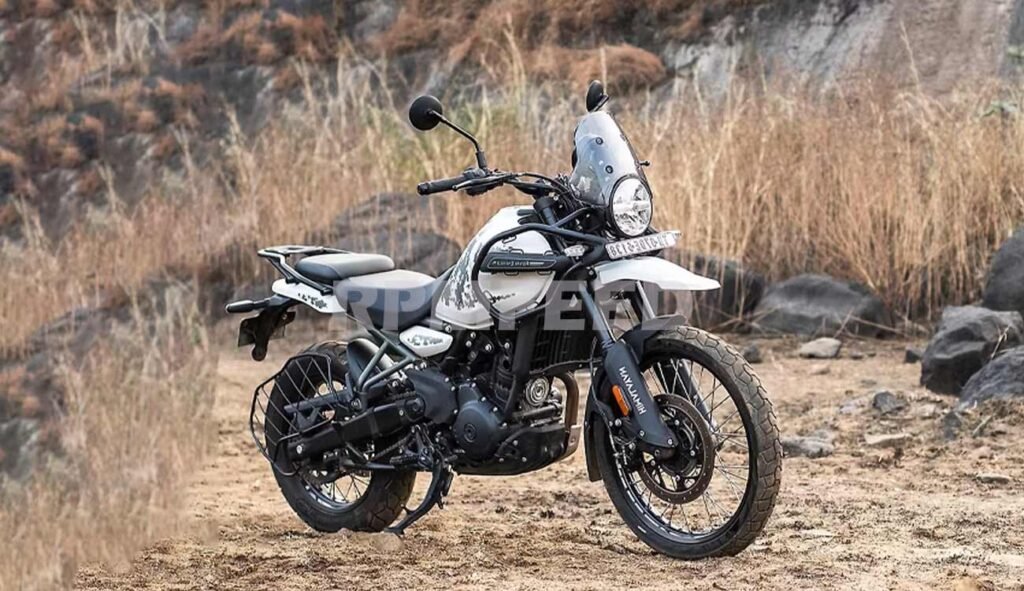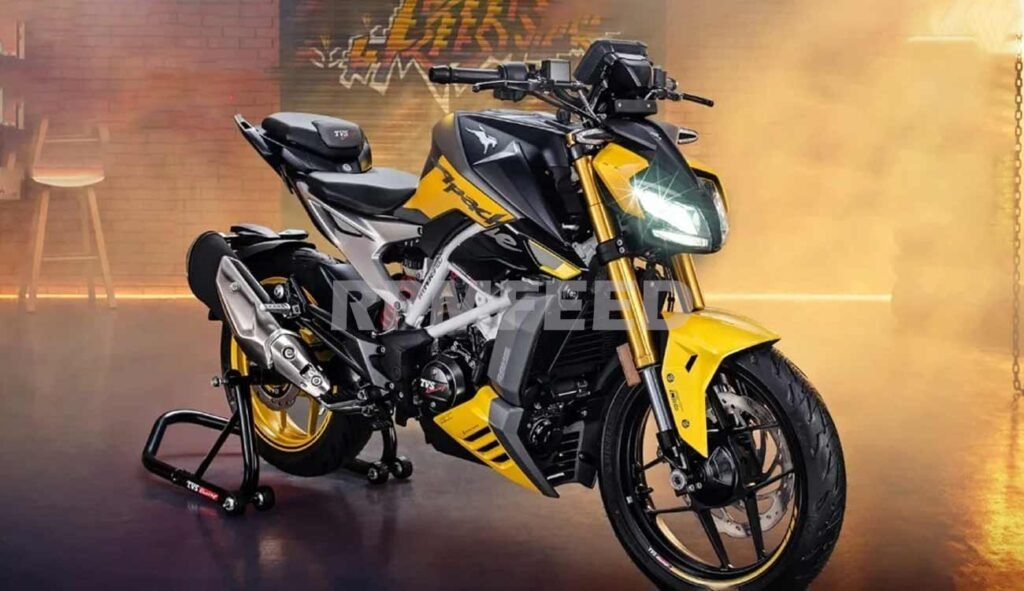Quick Read
- Ather Energy’s Big Move: Launching Battery-as-a-Service (BaaS) for affordable EV ownership
- Doubling Retail Footprint: Expanding to over 750 stores by the end of the year
- Innovation in Charging: Releasing next-gen fast-charging tech
- New Scooter Platform: Unveiling the cost-efficient EL platform for broader market reach
- Competitive Push: Targeting Ola Electric, TVS, and Bajaj with advanced technology and strategy
Ather Energy Sets the Stage for the Future of Electric Two-Wheelers
Ather Energy is gearing up to reshape the electric two-wheeler market with bold new initiatives. The Bengaluru-based automaker is launching a Battery-as-a-Service (BaaS) model to tackle two major barriers of EV adoption: high upfront costs and battery ownership concerns. This model allows users to pay for battery usage on a subscription basis, significantly reducing the cost of owning an electric scooter.
“There’s a growing appetite for EVs, but the upfront costs deter many buyers. The BaaS model aims to bridge this gap and make electric two-wheelers more competitive with ICE vehicles,” shared Ravneet Phokela, Ather’s Chief Business Officer.
Key Features of the BaaS Model
- Reduces upfront EV costs by separating battery ownership
- Flexible payment options, such as subscriptions or per-kilometer charges
- Makes EVs more accessible for consumers who prioritize affordability
Ather isn’t stopping there. With plans to unveil next-generation fast chargers, the cost-efficient EL scooter platform, and ambitious goals to double its retail footprint to 750 stores by year’s end, the company is aggressively positioning itself against competitors like Ola Electric, TVS, and Bajaj.
Expansion Plans and Market Competition
Currently operating 350 stores, Ather aims to broaden its presence in both metro areas and underserved markets, particularly in North India. Its growing retail network is designed to offer a 1:1 ratio of sales to service outlets, ensuring an enhanced customer experience.
The aggressive expansion comes as legacy players like TVS and Bajaj capitalize on market opportunities while Ola Electric leads the volume game with its budget-friendly models. Despite holding an 11.4% market share in FY25, Ather is intensifying its focus on affordable options and quality innovation to stay relevant in the evolving electric two-wheeler landscape.
Innovation-Driven Future
Ather’s premium “mass-engineered” model has long set it apart with an emphasis on software, quality, and integration. However, these premium offerings have limited its presence in the sub-₹1.2 lakh price segment dominated by competitors like Ola, TVS, and Bajaj.
To address this gap, Ather plans to launch its versatile EL platform, specifically designed to cater to budget-conscious customers. Alongside this, the upgraded Ather Stack 7.0 software and next-gen fast chargers will bring significant advancements in usability and charging efficiency.
“The EL platform allows us to innovate affordably, expanding our product lineup to meet a wider range of customer needs,” the company stated.
The Path Ahead
While competitors are diversifying their EV portfolios, Ather is focused on a strategic mix of technological innovation, product diversification, and retail expansion. This forward-thinking approach ensures Ather remains competitive while advancing the global shift to electric mobility.
